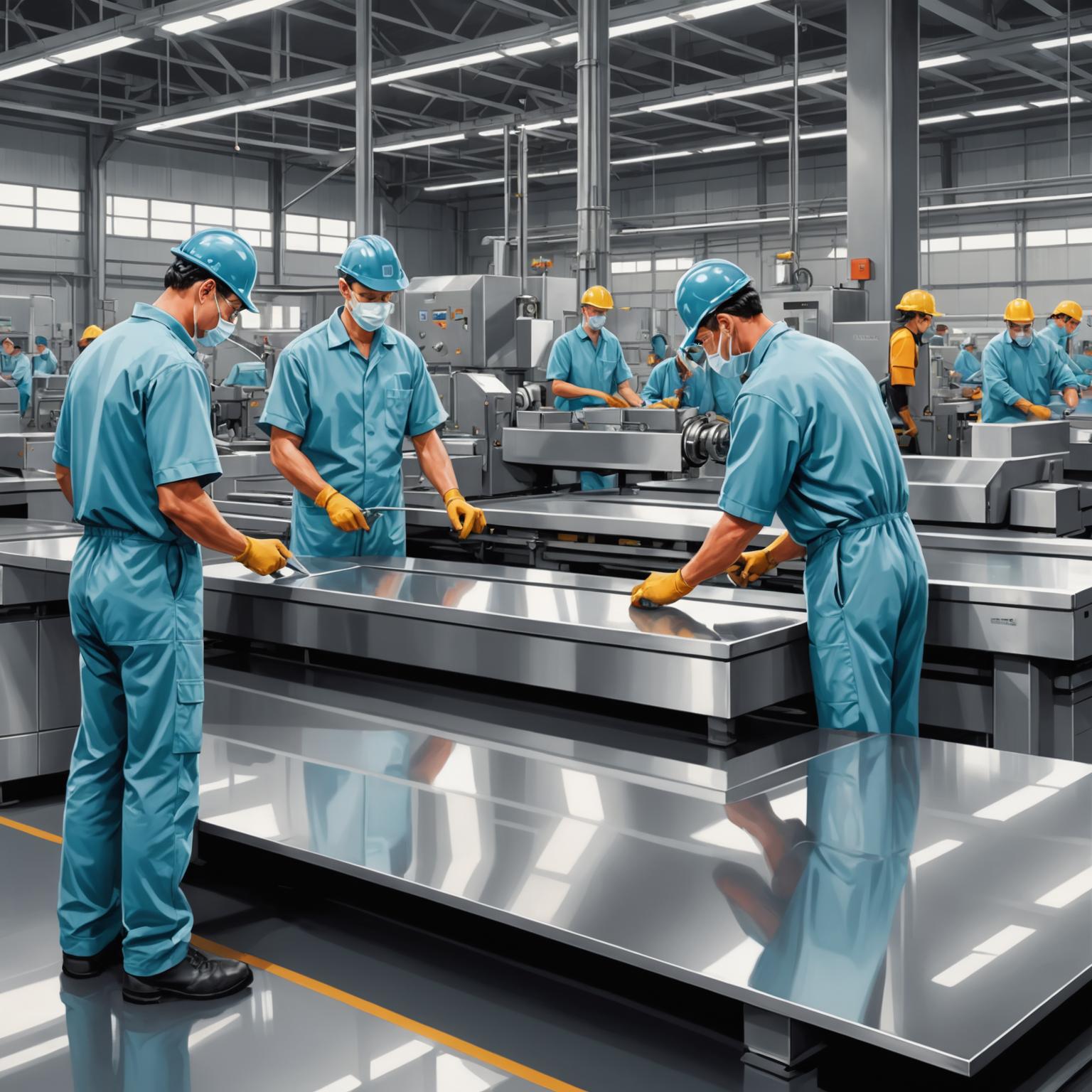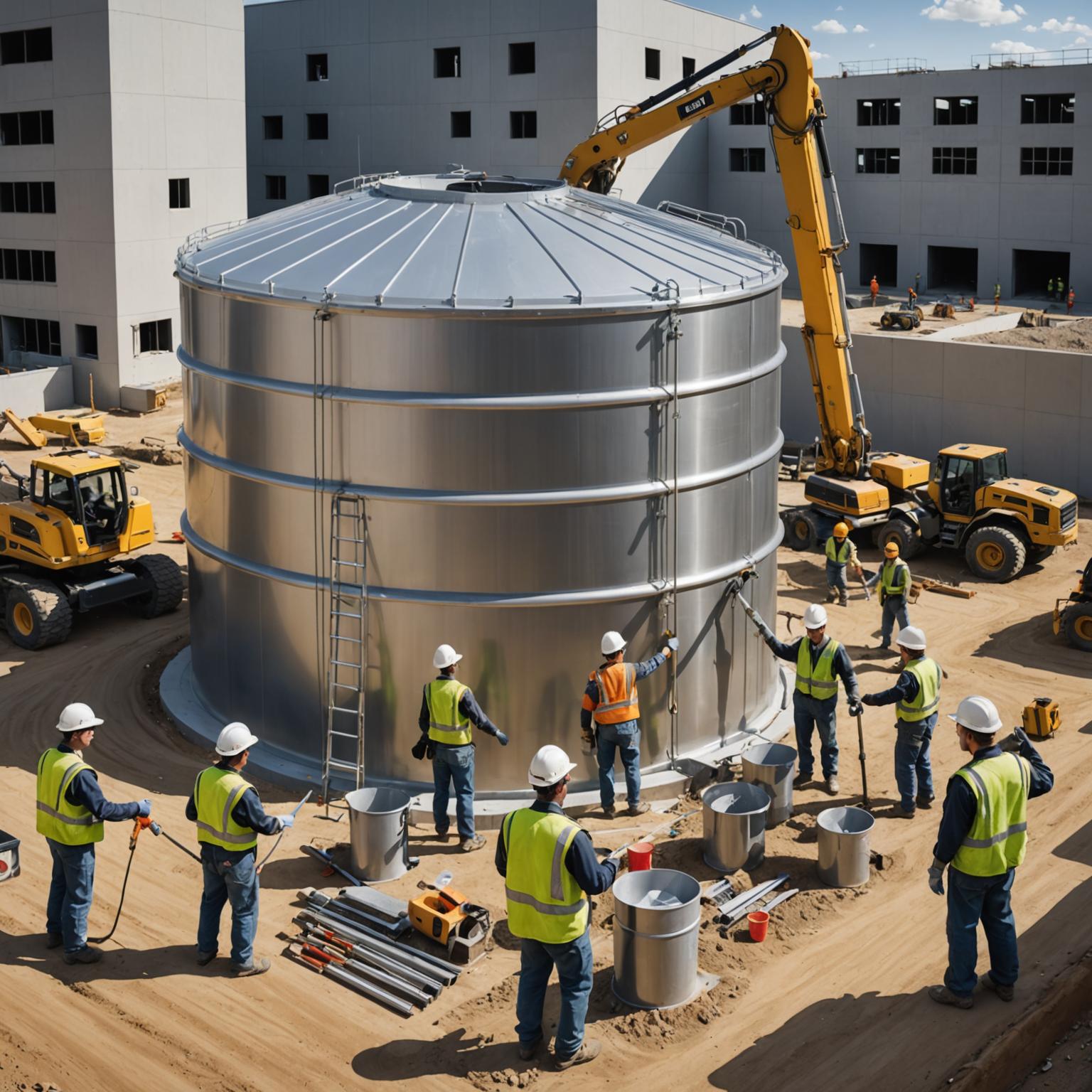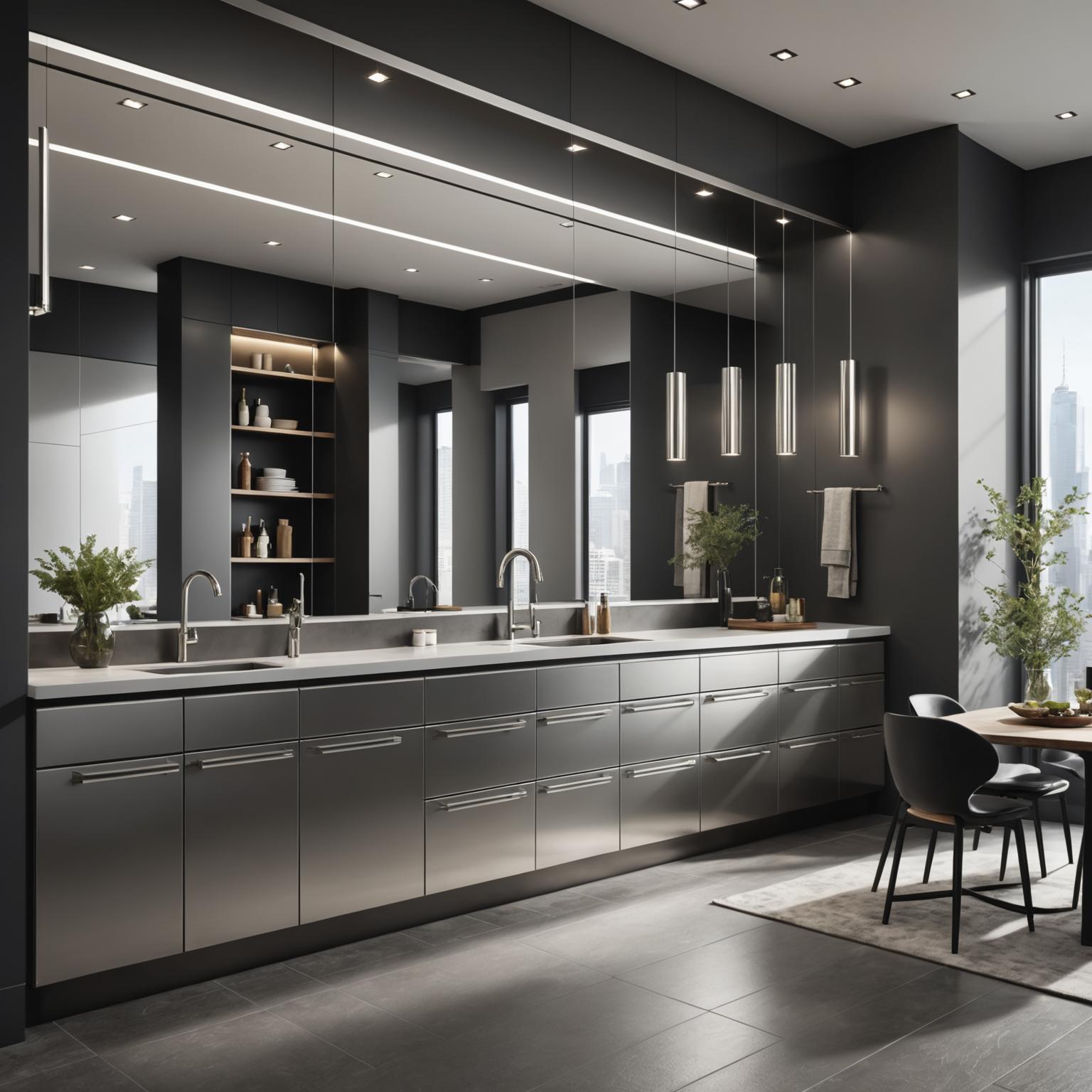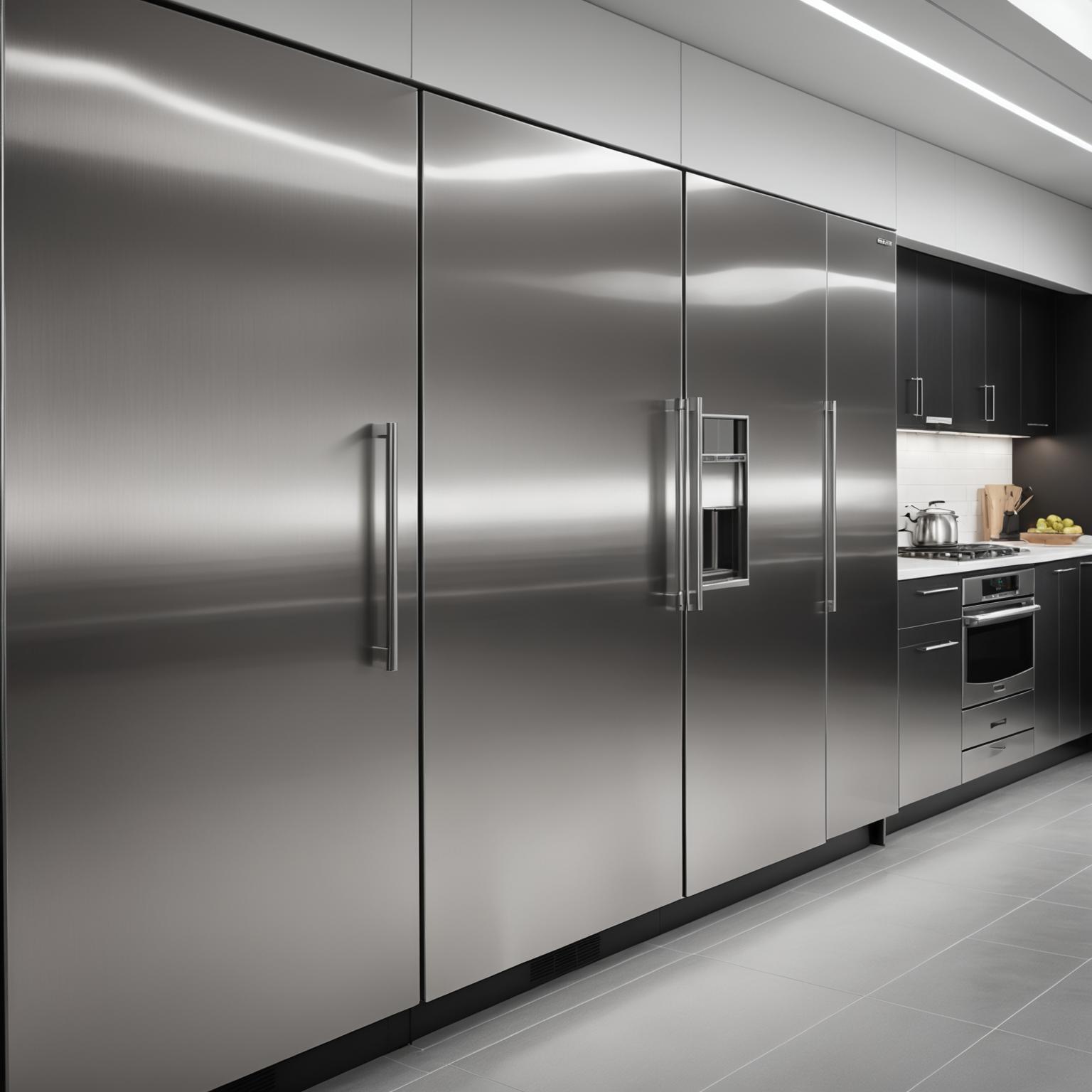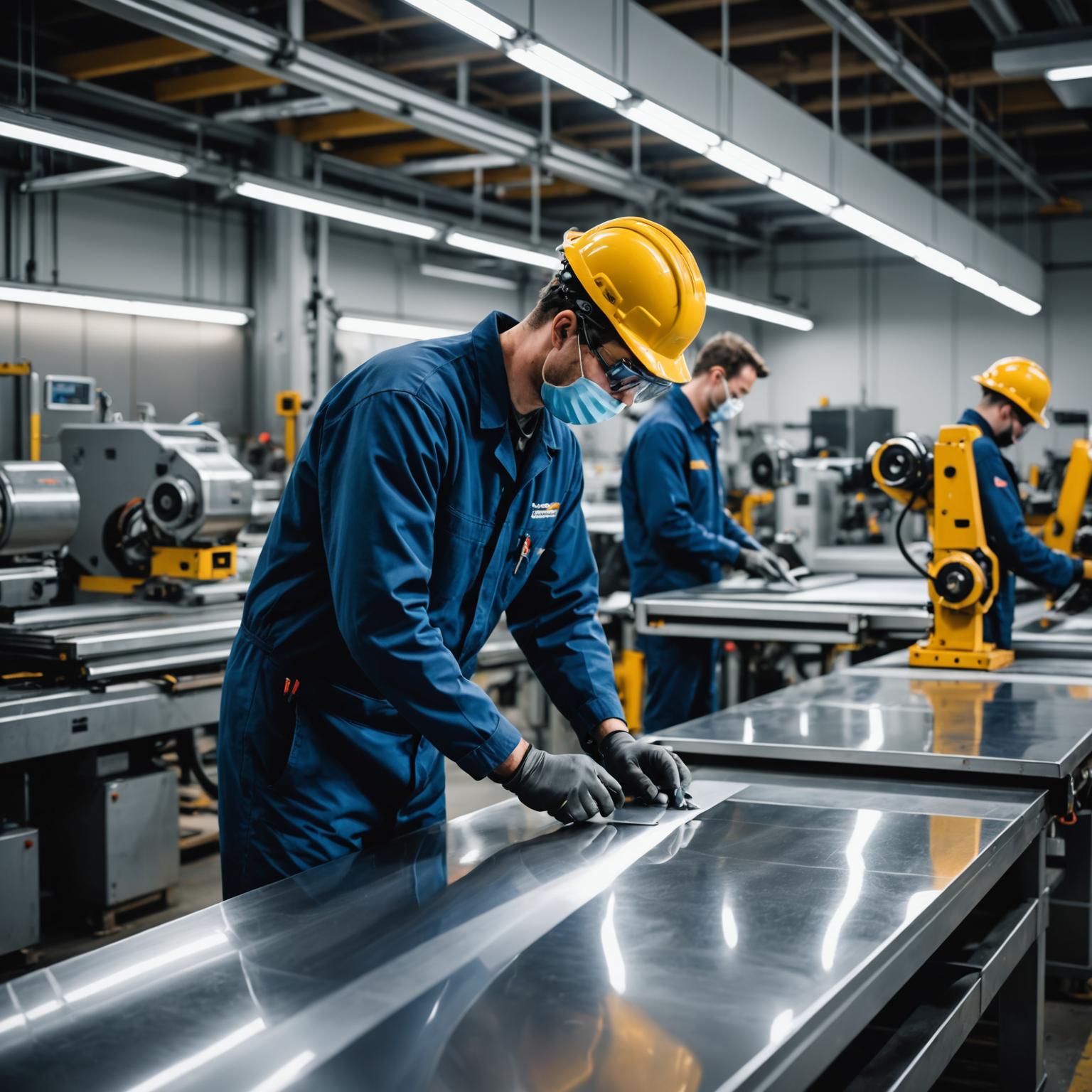Introduction to the material
Stainless steel plates stand out among countless industries when it comes to materials that seamlessly blend powerful features and exquisite aesthetics. From glittering skyscrapers to precise medical devices, its presence is everywhere, representing quality, durability and modern design. This review delves into the remarkable properties of stainless steel sheets, focusing specifically on the acclaimed 316 upgrades, and explores the products of innovative suppliers who are pushing boundaries of material excellence such as Span International.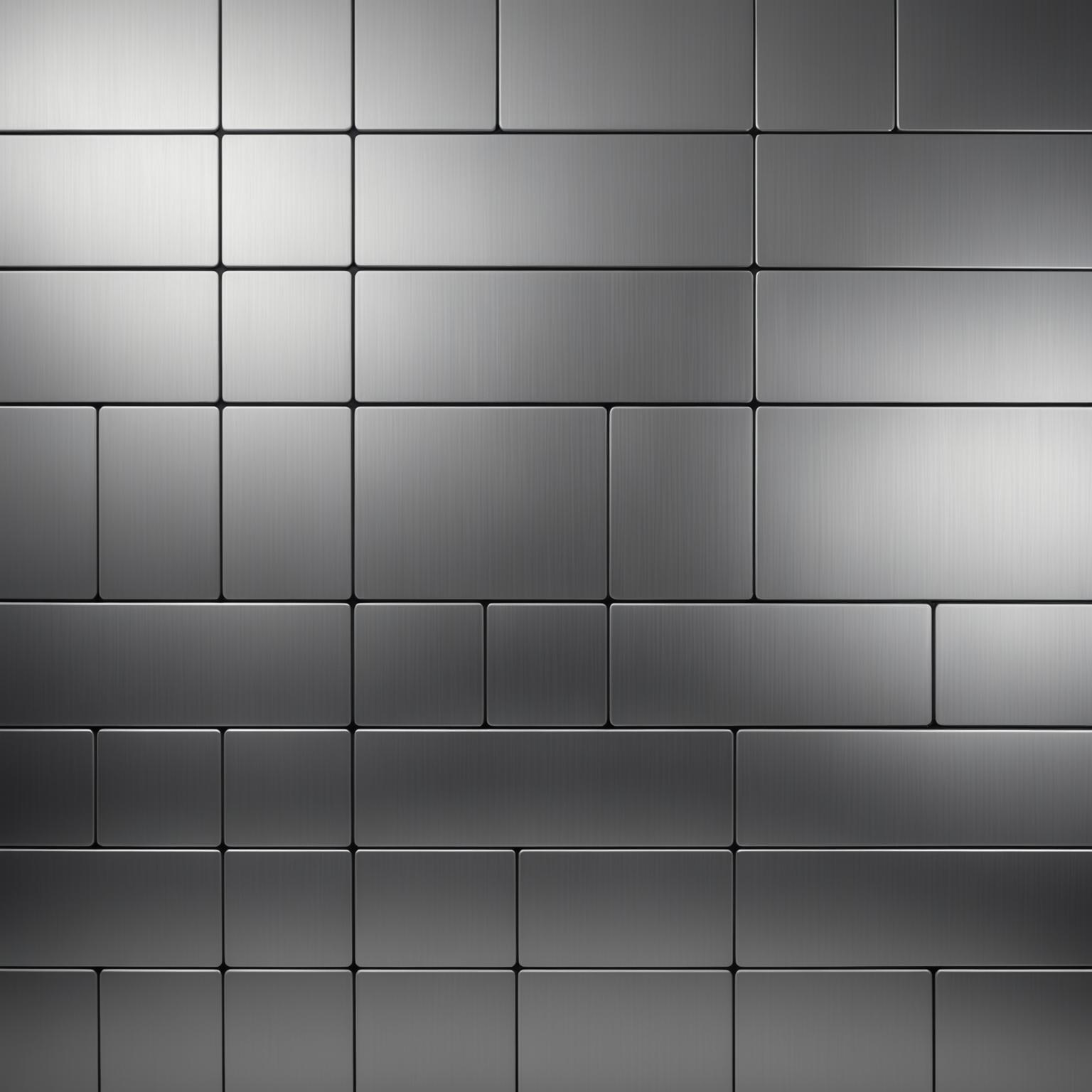
Understand the basic principles of stainless steel plates
The stainless steel itself is a ferroalloy, at least 10.5% chromium. This chromium content is crucial because it forms a passive chromium oxide layer on the surface of the steel, preventing further corrosion and giving the stainless steel a characteristic "stainless steel" mass. In addition to this basic composition, various elements such as nickel, molybdenum and manganese can be added to enhance specific properties such as formativity, strength and increased corrosion resistance. These changes lead to a variety of stainless steel grades, each grade customized for different applications. These sheets are usually formed through processes such as rolling and annealing, resulting in flat multifunction panels that can be cut, bent and welded to meet a variety of design and engineering requirements. Their inherent resistance to rust, crushing and dyeing, coupled with their hygienic properties and smooth appearance make them the preferred material of choice in departments that require performance and visual appeal.
Excellent spotlight: 316L stainless steel plate
Of the many grades available, 316-liter stainless steel plate carves itself a niche due to its outstanding features. "L" in 316L means low carbon content (usually 0.03% or less), which can significantly improve its weldability by minimizing carbide precipitation during welding, thereby maintaining corrosion resistance at the welded joints. The main distinction element of grade 316, including 316L, is the addition of molybdenum (usually 2-3%). This molybdenum content has a high resistance to general corrosion and is critical to spots and crevice corrosion in chloride-rich environments such as coastal areas or areas exposed to deicing salts. This makes the 316L an ideal choice for marine applications, chemical processing equipment, pharmaceutical manufacturing and high-end construction projects, and environmental exposure is a problem. Its biocompatibility also makes it suitable for medical implants and surgical instruments, further emphasizing its versatility and reliability.
Review of premium products: SPAN International’s metal watch series
Leading suppliers like Span International are at the forefront of providing advanced metal solutions, and their precisely designed metal sheet series truly embody material innovation. Their products are usually made from high-end alloy compositions including the powerful 316L, with their designs with a consistent focus on detail. Stand out is a commitment to versatility, catering to demanding industries ranging from architectural design and aeronautical engineering to cutting-edge technology manufacturing. The sheets have a smooth satin or brush finish, which is not only for visual joy. This proves their durability, with enhanced resistance to corrosion and daily wear, a key factor in functional components and luxury installations. Span International emphasizes uniform thickness and unparalleled flatness to ensure excellent dimensional stability. Whether it is building high-performance machinery or aiming to enhance the aesthetics of the interior space, this accuracy is invaluable as it translates into a cleaner, precise bending and reliable welds. The brushed surface, in particular, exudes a refined modernity, artistically catching light while pragmatically minimizing fingerprints and minor surface imperfections—a blend of aesthetics and practice that designers greatly appreciate.
Span International's engineering elegance and powerful performance
Further explore Span International's engineering masterpiece, one encounters metal panels that redefine the synergy between industrial strength and refined aesthetics. Their products usually have a super smooth profile and a metallic sheen that interacts with light to create fascinating reflections and enhance any design. This focus on perfect, even appearance matches the special durability. These panels are carefully designed to resist corrosion, wear and ambient pressures while maintaining a effortless and stylish look. Tailor-made solutions such as custom sizes and specific alloys convert these metal sheets into designer blank canvas and engineers’ powerful materials. The lightweight and powerful nature of these panels simplifies handling and installation without compromising the structural integrity of the final product or structure. This careful balance between sophisticated design and robust performance makes these materials ideal for ranging from avant-garde furniture to complex industrial machinery, and may be limited only by imagination.
Wide application of high-quality stainless steel sheets
The inherent quality of high-quality stainless steel plates, especially superior levels like 316 liters, makes themselves available for a variety of applications. In the architectural field, these sheets can be used for striking facades, durable roofing systems, sophisticated interior design elements such as wall panels and columnar frames, and intricate decorative functions. The industrial sector relies heavily on stainless steel for manufacturing equipment, chemical storage tanks, process piping and heat exchangers, especially where corrosion resistance and sanitation are crucial. Think of food processing plants and pharmaceutical facilities where the indispensable stainless steel surface is essential. In the cooking world, from commercial kitchens to residential buildings, stainless steel is the preferred material for appliances, countertops and cooking utensils due to its durability, resistance to food acids and cleaning. The medical field has benefited greatly from its biocompatibility and sterility and is used in surgical instruments, implants and hospital equipment. Even the automotive and aerospace industries demonstrate the adaptability of the materials by leveraging their strength to weight ratios and resistance to extreme conditions of various components.
Navigate your choice: Choose the ideal stainless steel table
Choosing the right stainless steel plate for a specific project requires careful consideration of several factors to ensure optimal performance and life. The first and most critical decision is level. For example, although Grade 304 may be sufficient for general indoor applications, environments with high salinity or exposure to corrosive chemicals will require superior protection of the 316-liter plate. The required finish also plays an important role, not only aesthetically but also functionally. Brushed finishes may be better than highly polished mirror finishes, while different patterns can provide a unique visual texture. Thickness and overall dimensions depend on structural requirements and intended use; thicker sheets provide more rigidity and strength. Crucially, the reputation and reliability of suppliers such as SPAN International that emphasize quality and precision engineering should be a key consideration. Find suppliers that can provide material certification and can demonstrate compliance with industry standards to ensure you get products that meet the application's specified composition and quality requirements. With these aspects in mind, it will lead to successful durability results.
Stay perfect: Maintenance and maintenance lasting elegance
One of the most attractive aspects of stainless steel is its relatively low maintenance requirements that contribute to its long-term value and appeal. However, a little caution can go a long way when it comes to retaining the original look and ensuring its longevity. For general cleaning, warm water with a gentle cleaner and a soft cloth or sponge are usually enough to remove daily dirt and fingerprints. It is recommended to rinse and dry the surface thoroughly to prevent water spots, especially in areas with hard water. For more stubborn stains or mild discoloration, a specialized stainless steel cleaner can be used. It is important to avoid friction with cleaners, steel wool or harsh scrubbing pads to scratch the surface and damage the protective passive layer. When cleaning, it is usually recommended to wipe in the direction of the grain or polishing line for best results. Inherent corrosion resistance, especially higher levels of drug resistance, means that these metal surfaces can maintain their radiance and structural integrity for decades, making them a truly sustainable and cost-effective material choice for many demanding environments.
Summary of thought: The lasting value of stainless steel
In short, stainless steel plate represents the pinnacle of materials science, providing an unparalleled combination of strength, durability, corrosion resistance and aesthetic versatility. Whether it is the workhorse reliability required for industrial components or the exquisite elegance required for architectural masterpieces and luxury goods, these materials are provided consistently. Results like the 316L provide enhanced performance under challenging conditions, ensuring longevity and peace of mind. Companies dedicated to precision engineering and high-quality alloys further enhance the potential of these materials, providing both innovative and reliable solutions. From high technology to pure decorativeness, the basic value and adaptability of stainless steel are emphasized. Investing in quality stainless steel is an investment in durable performance, minimum maintenance and timeless appeal, which makes it a wise and forward-looking choice for any project.




